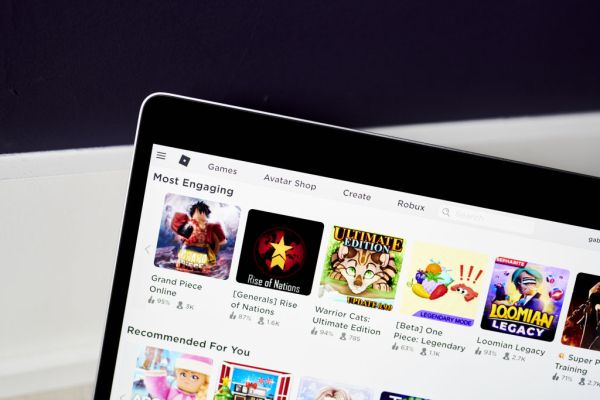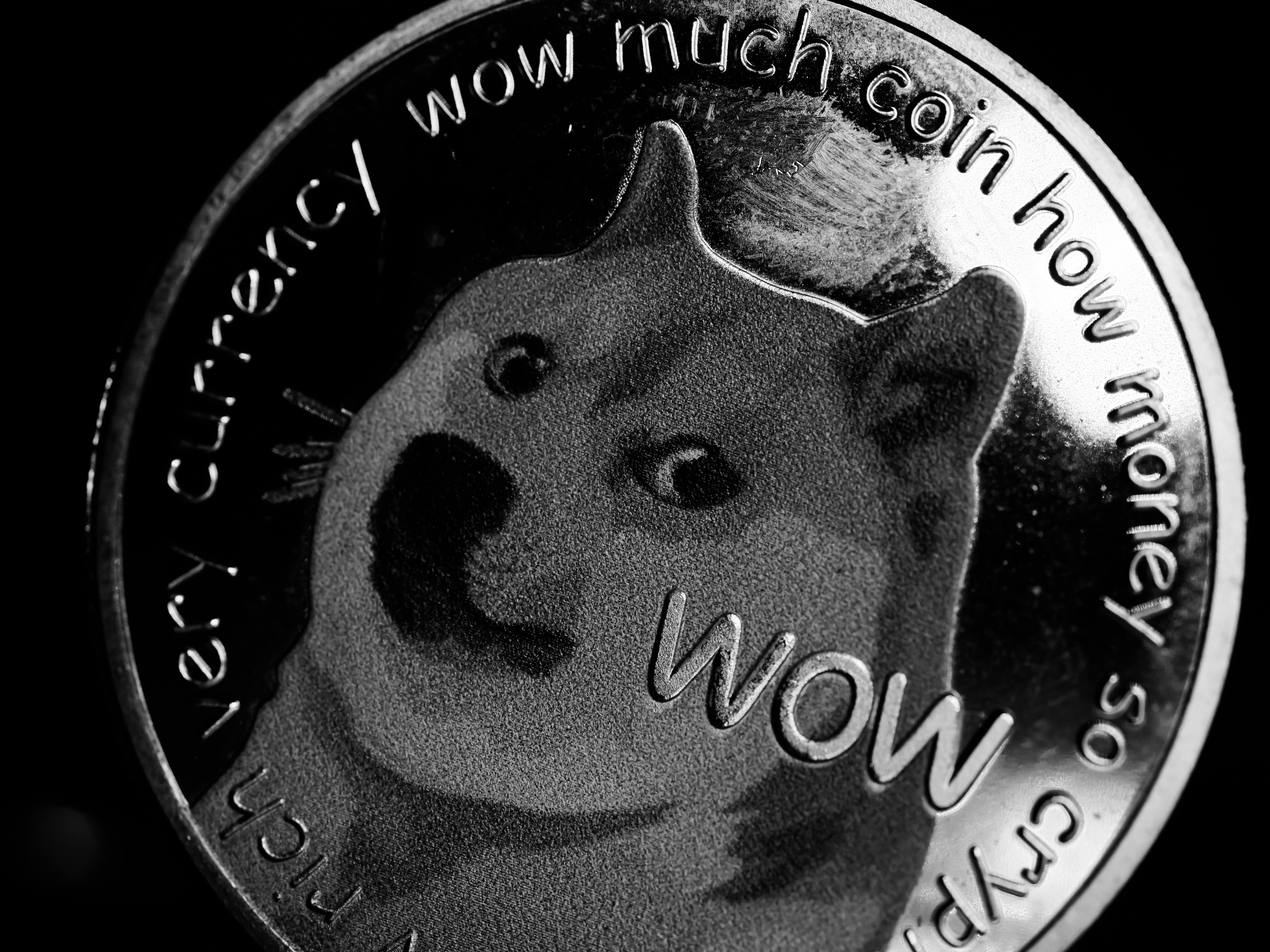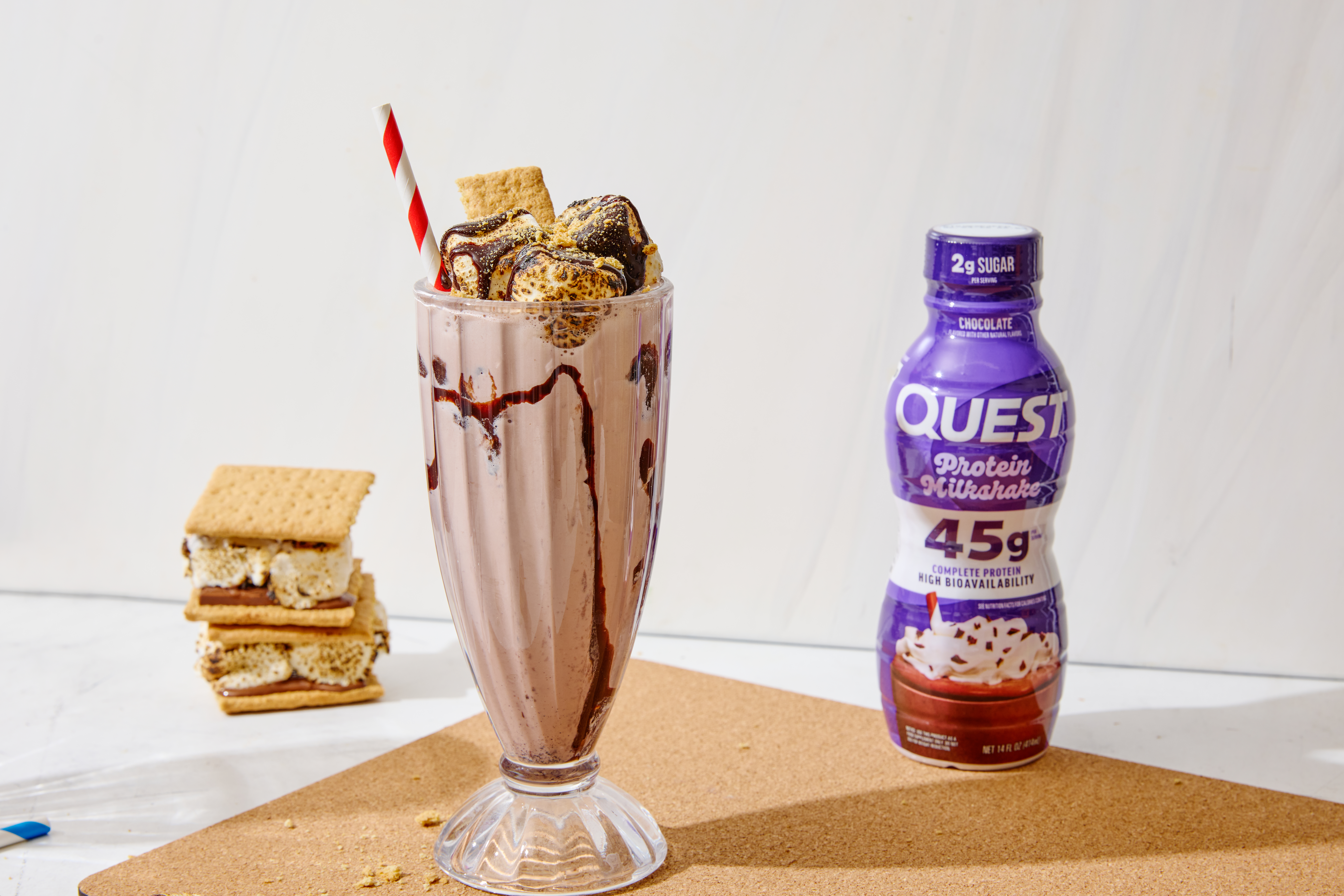Puzzmo is imagining a better newspaper games page
Image: Puzzmo / Angie WangGame designer Zach Gage is leading a team in building a modern space to enjoy your crossword puzzle. Continue reading…
/cdn.vox-cdn.com/uploads/chorus_asset/file/25025713/Typeshift___Puzzmo_copy.jpg)
For more than a decade, designer Zach Gage has been building an impressive library by reimagining classic games. There have been remixes and updates to everything from chess to solitaire to sudoku, along with inventive word games like Knotwords and SpellTower. But now, as these kinds of games have reached a whole new level of popularity thanks in large part to the explosive success of Wordle, Gage and a small team have been crafting something bigger: a platform called Puzzmo that aims to reinvent the classic newspaper games page by bringing it online.
“There’s great stuff out there,” Gage says of the space. “But there isn’t this holistic place where people can go and build a community around these games.”
Puzzmo launched last week, albeit in a limited form. Right now, 500 keys are being released daily, which also allow invitees to bring along friends. (In order to accept the invite, players, naturally, need to solve a series of puzzles.) But the core of the concept is already in place. When you visit the Puzzmo homepage, you’re greeted with a collection of games, along with things like a list of leaderboards and the day’s news. It looks like this:
Image: Puzzmo
According to Gage, the games were all designed to be intriguing at a glance, while the front page layout is meant to put them front and center. “Most of the games pages we see, not just the Times but everywhere, it’s just a list of links to games, which is really not a platform,” he explains. At launch, the site includes a handful of Gage’s previous games — SpellTower, Really Bad Chess, and Typeshift — along with a new puzzle game called Flipart and the always-important daily crossword puzzle.
Puzzmo comes at a time when this style of game has become big business, led largely by The New York Times and its acquisition of Wordle. Wordle’s success showed just how big the appetite is for modernized word and puzzle games and led to a deluge of investment in the space. The Times, in particular, has tried to follow it up by not only keeping Wordle going but launching new titles like Connections and the since-canceled Digits. Puzzmo’s conception actually began before this — but its origins did start at the Times, in a way. “A long time ago,” before Wordle launched, Gage spent a period of time consulting the paper on creating new games and making existing ones, like the crossword, more accessible. Not much came out of the experience — but Gage left with an idea firmly lodged in his brain.
“For years, I just kept thinking, well, what would that page look like?”
“I came out of those meetings like, ‘What? This is ridiculous.’ The New York Times has this amazing audience — I would love to do this work and make it happen. And they just couldn’t do it. So, for years, I just kept thinking, well, what would that page look like? What would be the solution to this problem?”
Eventually, Gage met his Puzzmo co-founder, Orta Therox, an engineer with the ability to actually build the site he had envisioned. And things snowballed from there. The team was able to get funding from Astra Fund, which helped pay for things like commissioning new crossword puzzles, and eventually, newspaper publisher Hearst came on board to offer additional support. (Whether Puzzmo games might end up syndicated in Hearst newspapers is something the team isn’t talking about yet.)
Beyond just having a better-designed homepage, there are a number of other things that Puzzmo is trying to do differently in the space. One of the big ones is creating a sense of community. “I’m designing games to try to reach these huge audiences of people who are new to video games but maybe enjoy games on their own in ways that they don’t consider themselves to be gamers,” Gage explains. “I play Apex Legends every day and Minecraft, and those games are designed around fostering a community. There’s all this stuff that sits on top of the game. And it struck us that people who play the crossword don’t get access to any of this. Nobody is thinking about them in this context. But if you look at something like Words With Friends, they clearly want it.”
“Nobody ever tries to load a dishwasher and gives up.”
The community features of Puzzmo are designed so that players can engage with them as much or as little as they want. The site shows you things like leaderboards and what people are doing on the main page but never forces you to engage with any of that. A future update will introduce toggles so players can turn off elements that don’t appeal to them. (I, for one, will be switching off the timers for every game because they stress me the hell out.)
On the Puzzmo site, the team has put together a manifesto about the kinds of experiences that players can expect. “Play is engaging and all-encompassing,” it reads. “Play makes you feel light and free, even when it itself is deep and complex. Play is the companion of joy.” And while they’re just a start, the lineup of launch games is meant to express this philosophy. The team knew they needed word games, for instance, which is why Typeshift and SpellTower made the list. But they also wanted to break things up. That’s why there’s a chess game, and it’s part of the reason Gage made Flipart, a very colorful and visual puzzler.
“Flipart is a game that I designed while I was rocking my nine-month-old to bed and trying to imagine a puzzle I could make that would be solvable by anyone but still have the journey of going on a puzzle,” he says. “I was thinking about the kinds of things in my life that are like that: putting away socks in a drawer or loading a dishwasher. There are choices you make when you’re loading a dishwasher that you revisit later, but nobody ever tries to load a dishwasher and gives up. That was what I was trying to go for there.” The result is a puzzler where you fidget with Tetris-shaped blocks to make them fit perfectly into a rectangle.
You can give the game a try right here.
A more significant challenge came in the form of the crossword puzzle, which serves as a tentpole for this kind of experience. It’s the type of game that can lure in a huge audience, who then might be willing to try something a bit different, like a mixed-up chess game. According to Gage, the main goal behind Puzzmo’s take on the crossword was to make an experience where players never felt like they had to resort to Google to solve a puzzle.
“The thing that’s hard about them is the culture of crosswords,” he explains. “It’s not the trivia. It’s the experience you have when you don’t know that an answer can be multiple words or you don’t know about rebus squares. The core joy of crosswords is all of these little tricks and inside references. And if you’re coming at them from outside, that stuff can feel really unfair or discouraging. I wanted to find a way to break that down, to teach people that culture.”
The Puzzmo crossword has two seemingly small but very important changes. The first are lines that denote when a solution is more than one word, which can be a typical frustration. The second and more significant is a series of escalating clues. If the first clue doesn’t help much, you can get a second (easier) one by clicking the hint button. If that doesn’t work, the game can start adding letters to help you guess the word. You can even play the crossword in multiplayer mode and solve with friends.
In practice, for me at least, this setup helped take a lot of the stress out of the crossword, and I surprisingly never found myself clicking over to another tab to search for the solution. “My philosophy for every game on Puzzmo is, to the best that I can do, every game is meant to be solvable by the worst possible players,” Gage says. (That’s a group that definitely includes myself.)
Image: Puzzmo
Things have started out small, but the plan is to grow in just about every way. The team behind Puzzmo is growing, and more games will be added to the service as well. “We obviously have more word games planned, but we also have games that are from really far left field and stuff that’s just a little left field that you’d expect from me,” Gage says. “Certainly, there are a number of solitaire games that we have planned for the site, and Knotwords and Good Sudoku are coming.” The team is also building a mobile app in addition to the existing website.
“It’s actually great to have something out there that has proven the scale of the market.”
But the rollout will continue to be slow for the foreseeable future. There’s no firm wide launch date in place; instead, the team will continue to stress-test the site for “as long as we need to, until we feel like the site is really strong,” according to Gage. When it does launch, Puzzmo will be fully accessible with a $40 annual subscription (during this pre-launch period, players can snag a lifetime subscription for the same price).
For the team, seeing the Wordle phenomenon happen in real time as it was building Puzzmo proved to be a source of motivation. Puzzmo was originally created to fill a hole in the market, but now more competition has rushed in to fill it in; not only is the Times investing big in games, but subscription services like Apple Arcade are making word and puzzle games a big part of their offerings.
“Being in this space for a long time and not seeing too much competition, I don’t have a lot of opportunities to see something that’s really good and get inspired by it. Wordle provided that opportunity, and that’s awesome,” Gage says. “It’s actually great to have something out there that has proven the scale of the market. Because right now, everyone is trying to do it. For us, as a really small company, it’s amazing: we have the exact product for this market.”

 Konoly
Konoly 































